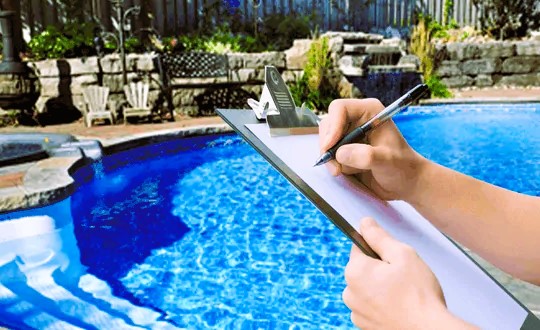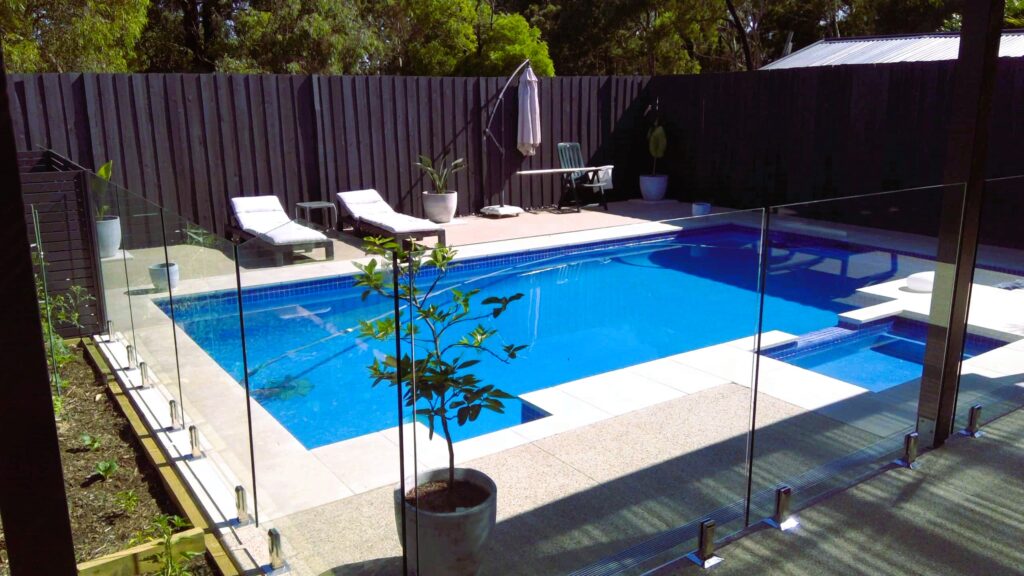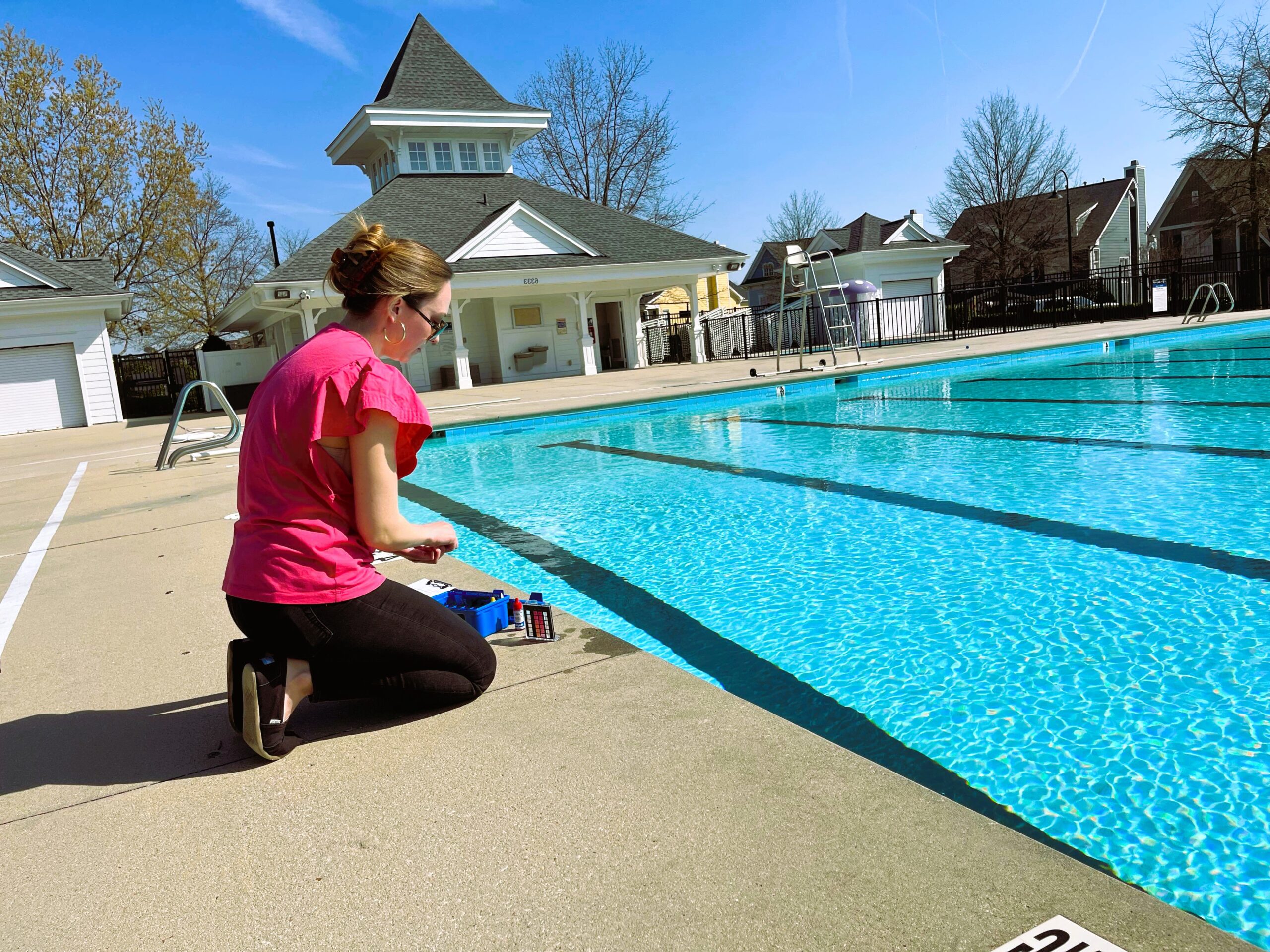Owning a pool or spa is a luxury that many homeowners enjoy, providing relaxation, recreation, and a respite from the summer heat. However, along with the pleasure they bring, pools and spas also pose potential safety hazards if not properly maintained and inspected. Pool and spa inspections play a critical role in ensuring the safety, functionality, and compliance of these aquatic amenities. In this article, we’ll explore the importance of pool and spa inspections, discuss key components of the inspection process, and highlight safety measures for homeowners to consider.
The Importance of Pool and Spa Inspections
- Safety: The foremost importance of pool and spa inspections is ensuring the safety of individuals who use these facilities. Inspections help identify potential hazards such as broken or missing safety barriers, electrical malfunctions, damaged pool surfaces, and inadequate water quality that could pose risks to swimmers.
- Compliance: Pool and spa inspections ensure that these amenities comply with local regulations, building codes, and safety standards. Compliance with regulatory requirements is essential to avoid fines, penalties, and legal liabilities for homeowners and to protect the well-being of pool users.
- Prevention of Accidents: Regular inspections help prevent accidents and injuries by identifying and addressing safety hazards before they lead to incidents such as slips, falls, entrapment, drowning, or electrical shocks. Proactive maintenance and repairs based on inspection findings can mitigate risks and create safer swimming environments.
- Asset Protection: Proper maintenance and inspection of pools and spas help protect the investment homeowners have made in these amenities. Timely identification and correction of issues prolong the lifespan of pool equipment, surfaces, and structures, reducing the need for costly repairs or replacements in the future.

Key Components of Pool and Spa Inspections
- Structural Integrity: Inspectors assess the structural integrity of pool walls, floors, and decks to ensure they are free from cracks, deterioration, or signs of instability that could pose safety risks.
- Safety Barriers: Pool enclosures, fences, gates, and latches are inspected to verify compliance with safety standards and prevent unauthorized access, especially by children and pets.
- Electrical Systems: Inspectors check electrical components such as pool lighting, pumps, heaters, and outlets for proper installation, grounding, and protection against water intrusion to prevent electrical hazards.
- Water Quality: Water quality tests measure pH levels, chlorine or other sanitizer concentrations, alkalinity, and clarity to ensure that pool water is safe, clean, and free from harmful bacteria, algae, or contaminants.
- Mechanical Equipment: Pool pumps, filters, heaters, and other mechanical equipment are inspected for proper operation, efficiency, and compliance with manufacturer specifications.
- Drainage and Circulation: Inspectors evaluate the pool’s drainage and circulation systems to ensure proper water flow, skimming, filtration, and circulation to maintain water quality and prevent stagnation. Read about 10 common problems found during home inspections at this link.
Safety Measures for Homeowners

- Regular Maintenance: Maintain proper water chemistry by regularly testing and adjusting pH and sanitizer levels, cleaning skimmers and filters, and vacuuming debris from the pool.
- Safety Barriers: Install and maintain adequate safety barriers such as fences, gates, and pool covers to prevent unsupervised access to the pool area, especially by children and pets.
- Supervision: Supervise children and inexperienced swimmers closely when they are in or around the pool or spa, and establish and enforce pool safety rules to prevent accidents.
- Emergency Preparedness: Keep rescue equipment, first aid kits, and emergency contact information readily accessible near the pool area, and ensure that all family members know how to respond to emergencies.
- Professional Inspections: Schedule regular pool and spa inspections by qualified professionals to identify and address potential safety hazards, ensure compliance with regulations, and maintain optimal functionality.
In conclusion, pool and spa inspections are essential for ensuring the safety, compliance, and functionality of these aquatic amenities. By identifying and addressing potential hazards through regular inspections and proactive maintenance, homeowners can create safer swimming environments for themselves, their families, and their guests. For more information on pool and spa inspections and safety measures, visit Swimming pool – Wikipedia.

